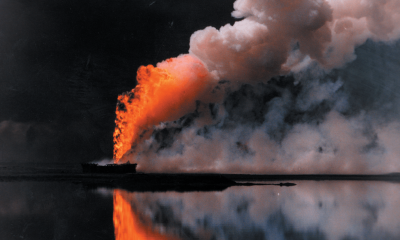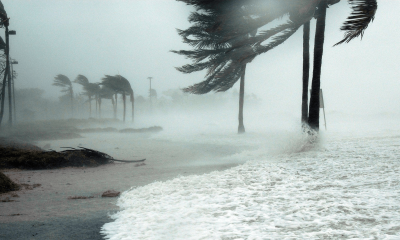AI Employees Give Back This Holiday Season to Toys for Tots
For over eight years, employees at Adjusters International (AI) located in Utica, NY donated gifts to the Central New York Toys for Tots campaign. Tracy Bearse, Current Asset Analyst/Senior Accountant at AI spearheaded our involvement by embracing the holiday spirit and encouraging everyone to open their heart and support the causes that help those less fortunate. This year’s turnout was exceptional, collecting an array of toys for children in our local community.
The U.S. Marine Corps Reserve Toys for Tots Program is focused on delivering a message of hope to less fortunate children to assist them in becoming responsible, productive and patriotic citizens. “The objectives of Toys for Tots are to help less fortunate children throughout the United States experience the joy of Christmas; to play an active role in the development of one of our nation’s most valuable resources – our children; to unite all members of local communities in a common cause for three months each year during the annual toy collection and distribution campaign; and to contribute to better communities in the future.”
And don’t worry – there is still time to make a difference! Those who wish to participate can look up Toy Drop locations nearest you, or donate toys/funds at these links:
- Toys for Tots Online monetary gifts (Donate here).
- Toys for Tots Local Toy Drop Off Location (Find location here)
- Goodwill (Click here to donate)
- Salvation Army (Click here to donate)













